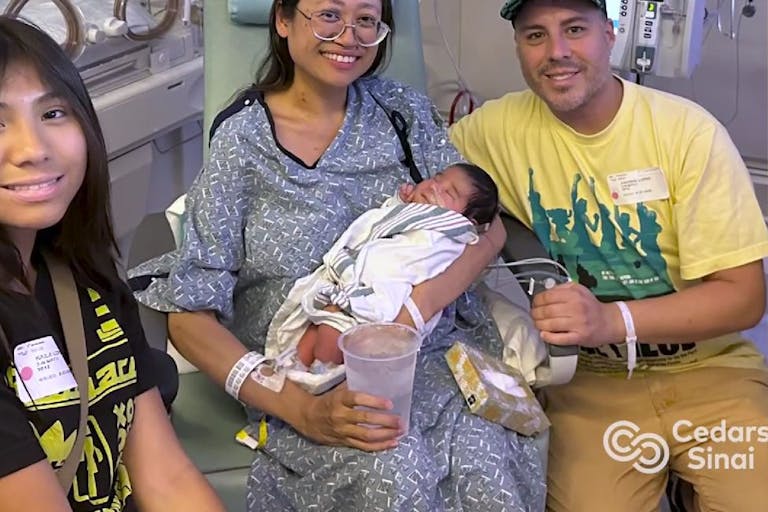
Full term 'miracle' baby born after 'unprecedented' ectopic pregnancy
Bridget Sielicki
·
Former abortion workers debunk Planned Parenthood’s abortion pill propaganda
And Then There Were None abortion worker ministry held a webcast in which former abortion workers Sue Thayer, Annette Lancaster, Mayra Rodriguez, and Lisa Searle described their experiences with the abortion pill. Facilitator Brandy Meeks played a video from Planned Parenthood, which stated:
In the United States, abortion is a safe and legal way to end a pregnancy. … For most people, the [abortion pill] process takes about five hours. But it may take up to 24 hours to be totally finished…. You can go back to work or school the next day if you feel up to it.
Thayer remarked in response, “I don’t remember anybody ever feeling good after five hours, or 24 hours, or even by the next day. It was quite contrary to that.”
Meeks then asked the gathering of former abortion workers to raise their hands if they had ever seen a woman complete the abortion process and feel well enough to go out after 24 hours. None of the workers raised their hands.
Lancaster countered Planned Parenthood’s claim that the abortion pill is safe, saying, “It’s not safe. If I can share, I have seen many complications with the abortion pill as well as with surgical. In our facility, there were many women who had complications.”

Rodriguez described one complication she saw:
[T]his patient took the pill, and after the pill, two weeks later… she was still bleeding. And after she was still bleeding. [She] came back, she got aspirated by this doctor, and after she had the aspiration, she had another week of bleeding. Now we’re talking almost 4 weeks after she started the pill process… and she was still bleeding. She ended up in the emergency room, to find out that she had been perforated. So now we’re going to five weeks.
So, this patient’s abortion by pill took five weeks of her life.
Rodriguez also said that in her facility, the abortion pill failed at a higher rate than Planned Parenthood acknowledges and official statistics claim. She claimed about 30% of women who took the abortion pill failed to abort and had to have a surgical abortion.
Searle, who was in charge of answering women’s calls after hours, explained how her facility told women not to go to the emergency room if they experienced complications:
Article continues below
Dear Reader,
Have you ever wanted to share the miracle of human development with little ones? Live Action is proud to present the "Baby Olivia" board book, which presents the content of Live Action's "Baby Olivia" fetal development video in a fun, new format. It's perfect for helping little minds understand the complex and beautiful process of human development in the womb.
Receive our brand new Baby Olivia board book when you give a one-time gift of $30 or more (or begin a new monthly gift of $15 or more).
We were encouraged to tell women not to go to the ER. …[M]any of these women would call me and say, just like Annette said, “This isn’t right. Something’s wrong. I’m bleeding profusely. I should go to the ER. This is not right.” And we would encourage them not to do that. And the reason for that, we would tell them, “If you go to the ER, you’re going to have a surgical abortion. That’s how they’re going to fix this. And that’s the reason why you took the pill. Because you didn’t want to have surgery.” …
We were taught to tell them, “Expect the worst possible bleeding, the worst possible cramping.” But then when they would call and say, “This was worse than you said it was going to be,” we still encouraged them not to go to the ER.
One reason for this, Annette Lancaster said, was that their abortionists at Planned Parenthood didn’t have admitting privileges:
Part of the reason was, for our facility, that the providers didn’t have privileges at the local hospitals. So even if we did encourage patients to go to the ER, they would be seeing a totally different provider who had no idea what was going on, didn’t know the procedure, didn’t know that they had an abortion….[T]he provider who performed the abortion didn’t have any admitting privileges to the hospital anyway.
READ: The abortion pill: So dangerous it needs a rare safety requirement
Rodriguez said abortionists at her facility didn’t have admitting privileges either. She, too, believes this is a reason why women were told not to go to the ER. Rodriguez also mentioned another problem with prescribing abortion pills through telemedicine:
One of the reasons they’re pushing telemedicine or tele-abortion… is to help women who have no access to healthcare in a rural area, where it’s really hard for them to get to health clinic, to a hospital. But then at the same time, you are telling these women to take a pill that could take them to the emergency room, and they don’t have access to… an emergency service right away, and that’s why you’re pushing this to her, knowing that if she has an allergic reaction, if she bleeds too much, anything can happen to her, and she won’t have any access to an emergency service. …
[W]hen you have a person living in the mountains… she takes the pill and then it will take, literally, hours before an ambulance can get to her, she could die.
All of these former abortion workers said women’s lives and safety were endangered by the abortion pill.
“Like” Live Action News on Facebook for more pro-life news and commentary!
Live Action News is pro-life news and commentary from a pro-life perspective.
Contact editor@liveaction.org for questions, corrections, or if you are seeking permission to reprint any Live Action News content.
Guest Articles: To submit a guest article to Live Action News, email editor@liveaction.org with an attached Word document of 800-1000 words. Please also attach any photos relevant to your submission if applicable. If your submission is accepted for publication, you will be notified within three weeks. Guest articles are not compensated (see our Open License Agreement). Thank you for your interest in Live Action News!

Bridget Sielicki
·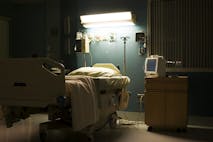
Fact Checks
Nancy Flanders
·
Fact Checks
Nancy Flanders
·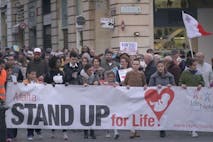
Fact Checks
Cassy Cooke
·
Fact Checks
Madison Evans
·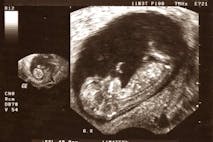
Fact Checks
Nancy Flanders
·
Guest Column
Sarah Terzo
·
Abortion Pill
Sarah Terzo
·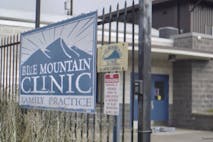
Guest Column
Sarah Terzo
·
Guest Column
Sarah Terzo
·
Guest Column
Sarah Terzo
·